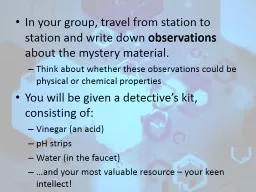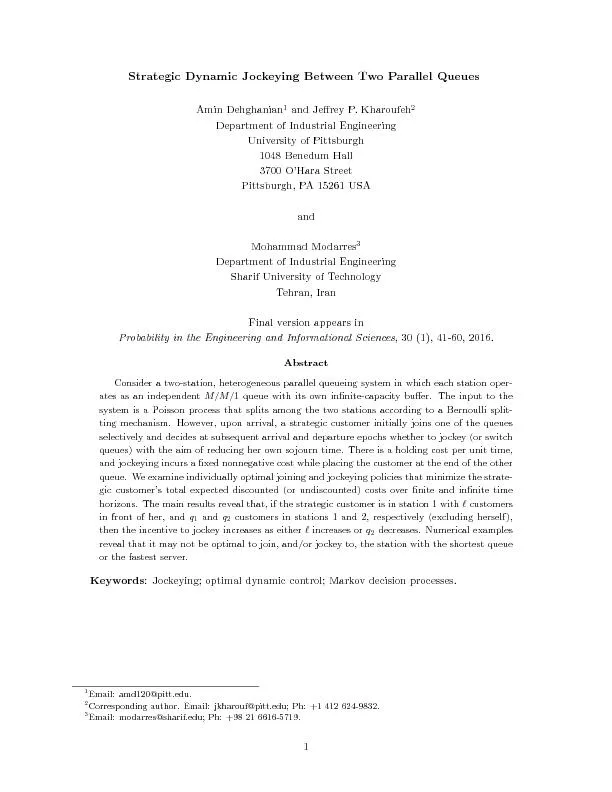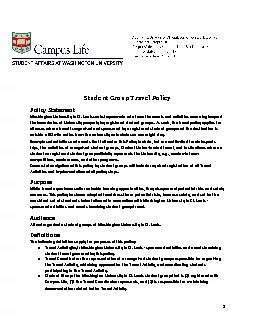PPT-In your group, travel from station to station and write down
Author : calandra-battersby | Published Date : 2018-10-29
observations about the mystery material Think about whether these observations could be physical or chemical properties You will be given a detectives kit consisting
Presentation Embed Code
Download Presentation
Download Presentation The PPT/PDF document "In your group, travel from station to st..." is the property of its rightful owner. Permission is granted to download and print the materials on this website for personal, non-commercial use only, and to display it on your personal computer provided you do not modify the materials and that you retain all copyright notices contained in the materials. By downloading content from our website, you accept the terms of this agreement.
In your group, travel from station to station and write down: Transcript
Download Rules Of Document
"In your group, travel from station to station and write down"The content belongs to its owner. You may download and print it for personal use, without modification, and keep all copyright notices. By downloading, you agree to these terms.
Related Documents














